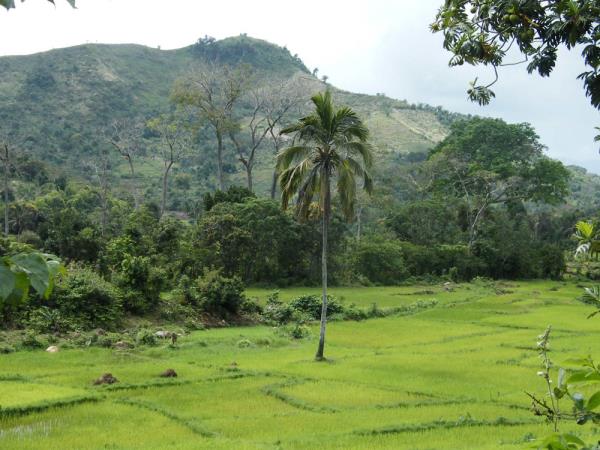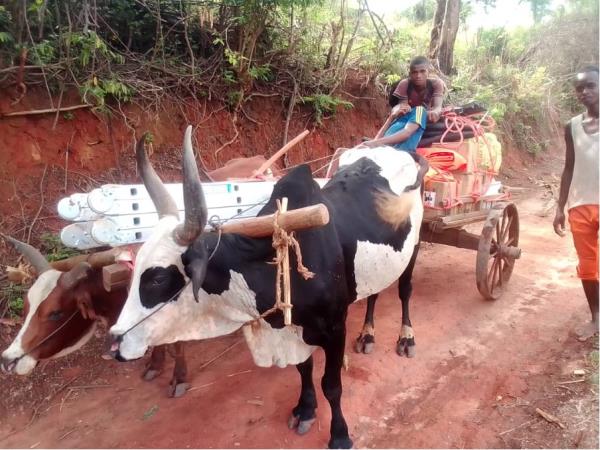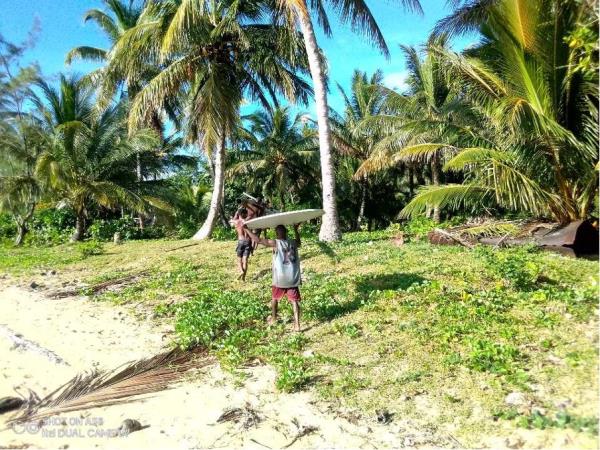07 August 2024

According to GSMA data, Madagascar has a Global Connectivity Index rating of 32.5, defining it as an emerging digital market where the adoption of technology is just taking shape. The government is committed to increasing access to digital services, with the Digital and Energy Connectivity for Inclusion in Madagascar (DECIM) project launched in 2023, focusing on deploying infrastructure in under-served areas.
Deploying to the near impossible
Connecting Madagascar is a real challenge; 60% of the population reside in rural areas, most of which are difficult to access and some beyond the reach of the country’s power grid.
Nevertheless, Africa Mobile Network (AMN) and Intelsat are working to connect 500 sites in Madagascar in hopes of providing first-time phone broadband services to folks who live and work across the country. The partners have, since 2018, deployed more than 3,000 rural base satellite antennas across Africa, providing telecommunications services to more than 8 million people. Combining Intelsat’s multi-satellite African coverage with AMN’s solar-powered tower solution means that citizens and businesses in virtually any community can gain access to the education, social and economic benefits of telecommunication services.
As well as the topology, additional challenges faced during the project included the fact that it was Madagascar’s rainy season – however, AMN specialises in rural deployments, and while the conditions were difficult, techs have significant experience in deployments that would otherwise be impossible.

Ferries and dirt roads
Vilanandro, on the Northwest coast, is a city of 1,800 inhabitants connected by Route Nationale 4 (RN4), a primary highway to the city of Majunga, and then only by ferry and the RN19 to Soalala. The rainy seasons do not make travel any easier, as roads become impassable.
The AMN team embarked on the 700km-trip from Antananarivo, the country’s capital, to Vilanandro. From the route Nationale and ferries to dirt roads, it took crews over 15 days to make the trip. Techs deployed equipment by carts pulled by livestock and sometimes canoes to carry terminals and equipment to the final destination. All this would not have been possible without the village volunteers, who helped carry equipment on foot to reach the final site location.
A combination of Intelsat’s satellite backhaul and AMN’s unique site design is used to connect the rural communities like those in Vilanandro to telephone services. The ubiquity of satellite and solar solutions means that no location is too remote.
Since the connectivity has been set up, a local farmer who previously had to wait for postal orders can now check everything online, while the school now has access to a broader range of courses available online.

First-time connectivity
Jules Degila, AMN’s CCO, reported to Southern African Wireless Communications that “in Madagascar, we built 118 sites from December to May, which is the most difficult time of the year to travel and deploy sites in rural and isolated areas. In other countries, AMN builds one site on average per day, but in Madagascar, reaching each village, working with the villagers, building and commissioning a site is an adventure filled with unique challenges. We are proud of how our teams were able to adapt and meet these challenges.”
As of May, hundreds of thousands of end users have finally been connected via satellite – people who previously were entirely unserved by any network coverage. The delivery of first-time connectivity is set to drastically transform lives for the better, ushering the country’s populace into the digital economy.







